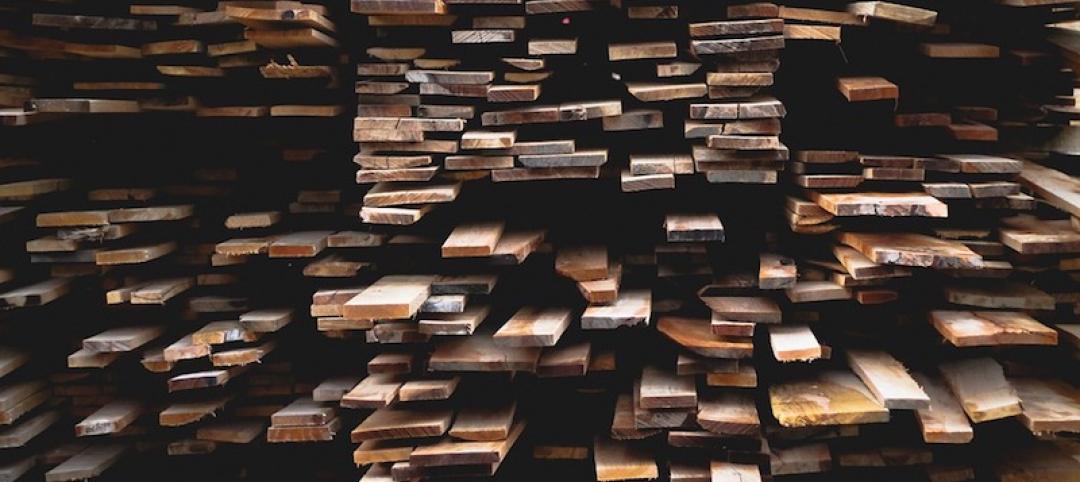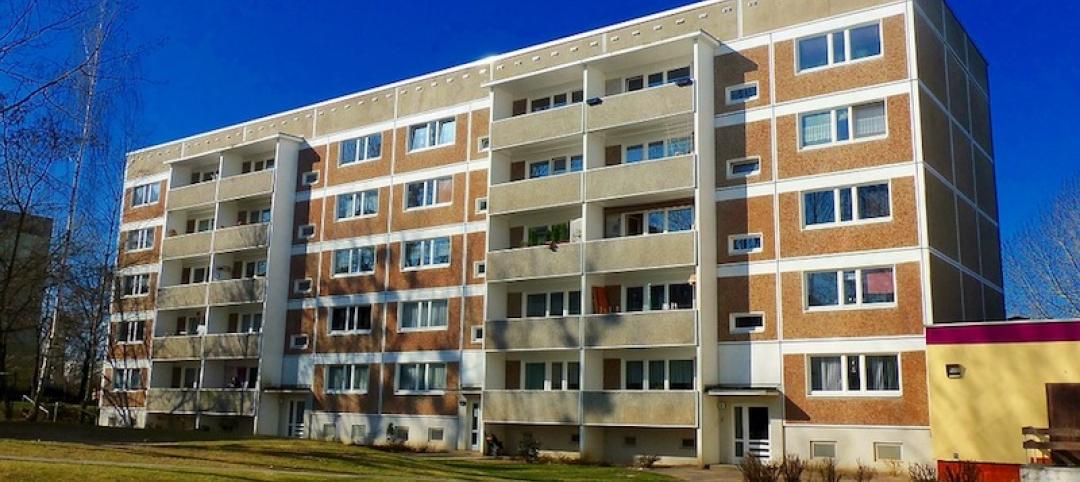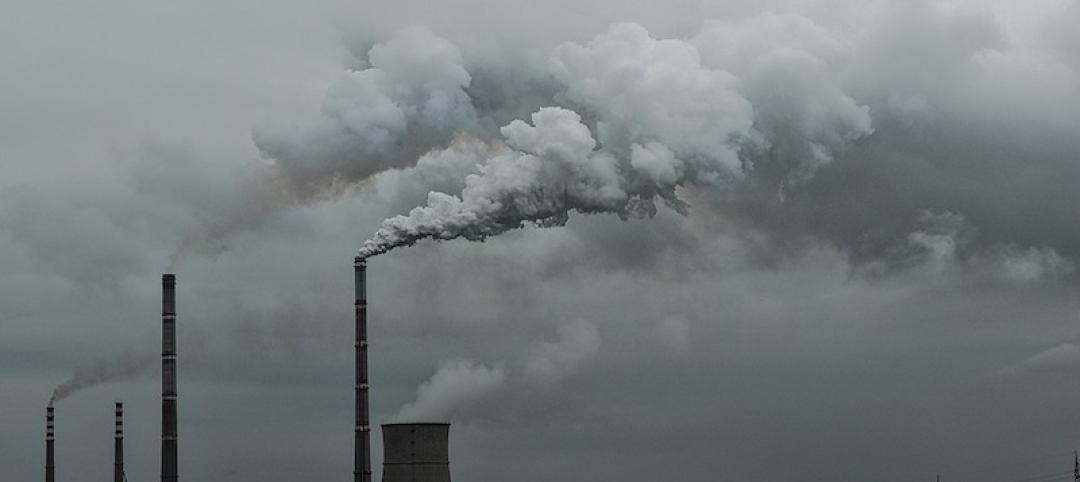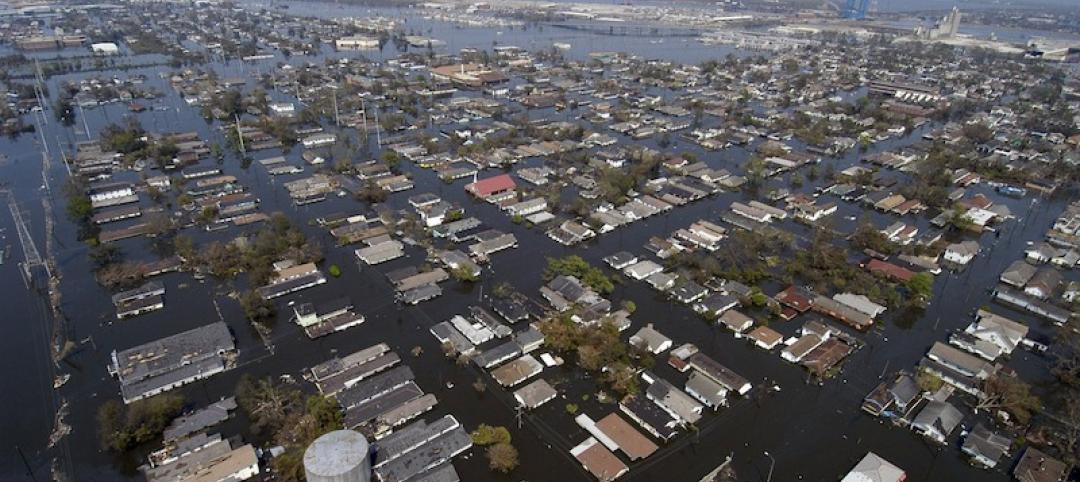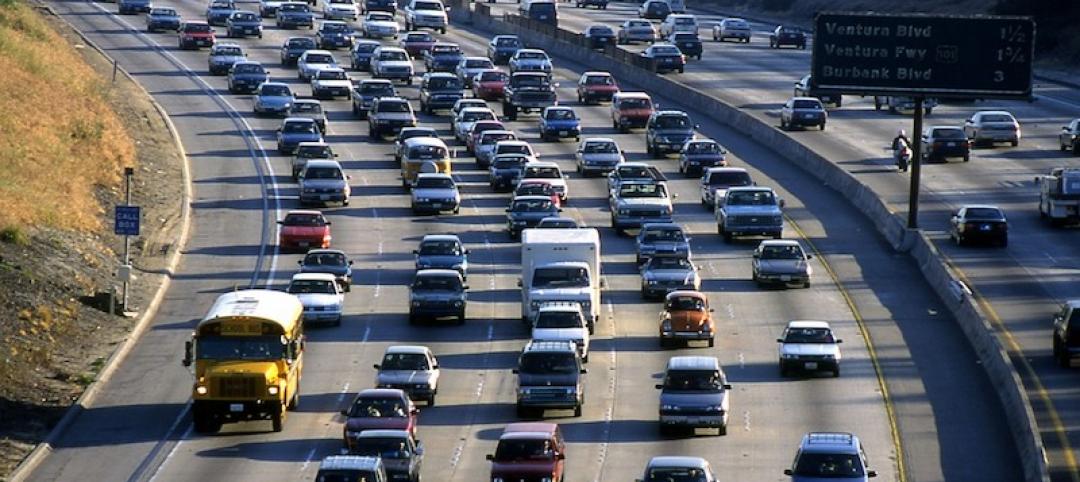In November 2021, New York City enacted Local Law 126 of 2021, which is well-known in the building industry for establishing new requirements for periodic parking garage inspections. At the same time, the legislation added a section to the NYC Administrative Code mandating periodic observation of building parapets.
To allow owners time to prepare, the City set the start date for the new parapet observations for January 1, 2024.
What is required?
All buildings in New York City with parapets facing a street, sidewalk, or other public right-of-way must undergo a professional parapet observation every year.
Unlike the Facade Inspection Safety Program (FISP), which excludes buildings under six stories, the parapet rule applies to all buildings, regardless of height, with the exception of detached single- or two-family homes. While FISP inspections are conducted on a five-year cycle, and parking garage inspections are required at least every six years, the newly mandated parapet observation must be done annually.
The good news: owners do not need to file the observation report with the Department of Buildings (DOB). Whereas facade and garage inspection reports follow prescriptive formats and must be electronically submitted, parapet reports need only be kept on file by the building owner. Archives of at least six years of parapet reports must be made available should the DOB request them.
What happens if there is a hazardous condition?
Immediately upon observing an unsafe condition, the professional performing the observation is required to notify the DOB. The building owner must promptly install public protection, such as sidewalk sheds, fences, and/or safety netting, which must remain in place until the problem is remedied. Unsafe conditions must be corrected within 90 days.
What is included in the observation report?
In contrast to the FISP and parking garage laws, the new parapet rule is not prescriptive as to report sections and format. However, the report does need to include:
- Basic building information, including address and owner contact details;
- Name and contact details for the professional performing the observation;
- Date of the observation;
- Location plan and construction information for the parapets, including material, height, and thickness;
- Description of general conditions;
- Unsafe conditions and actions taken to remedy them;
- Repairs since the previous report; and
- Dated photos documenting conditions.
Rather than filing the report with the DOB, the owner retains parapet observation reports for at least six years and must be prepared to furnish them to the DOB upon request.
What steps should owners take now?
With the requirements set to begin on the first of the year, owners have just a few months to plan. If a mandated FISP inspection is scheduled for 2024, adding a separate parapet observation report to that program may be a cost-effective strategy. Similarly, parapet observation can be incorporated into other planned exterior work, such as roof rehabilitation or facade cleaning.
A design professional can offer guidance on the simplest and most budget-conscious way to meet the new annual parapet requirements as part of existing maintenance and repair programs.
Resources
RCNY §103-15: Periodic Observation of Building Parapets
Local Law 126 of 2021 – see §28-301.1.1, p. 168
“Design Guide for Parapets: Safety, Continuity, and the Building Code,” Hoffmann Architects + Engineers JOURNAL
Hoffmann Architects + Engineers specializes in the rehabilitation of building exteriors.
Our design professionals have worked with hundreds of New York City building owners to meet inspection and repair requirements since the first facade law in 1980. We provide up-to-date guidance to help owners comply with the code and safely maintain their properties. Reach us at 212-789-9915 or hoffarch.com/contact.
Related Stories
Codes and Standards | Jan 3, 2019
U.S. Appeals Court says general contractors can be cited for subcontractor violations
Ruling will prompt review of OSH decision that said GCs cannot be held liable for subs’ violations.
Codes and Standards | Jan 3, 2019
Tall mass timber code changes receive final approval
New provisions to be included in the 2021 International Building Code.
Codes and Standards | Jan 2, 2019
ASHRAE’s Low-Rise Residential Buildings standard update now available
Performance measures are at least 50% more efficient than 2006 IECC.
Codes and Standards | Jan 2, 2019
Study compares labor hours for various low-slope roofing options
Type of roof covering, project parameters, tool management, and crew efficiency all impact profitability.
Codes and Standards | Dec 20, 2018
New York’s ‘Scaffold Law’ under fire for driving up project costs
Lawmakers under pressure to reform law that makes contractors 100% liable for work-site injuries.
Codes and Standards | Dec 19, 2018
Guidance for water utilities on indoor recycled water use released
Provides recommended ranges on 13 different parameters of water quality.
Codes and Standards | Dec 18, 2018
Development in Africa, Asia, and uptake in air conditioning will require more efficient buildings
Dramatic action will be needed for global building sector to cut carbon in line with international agreements.
Codes and Standards | Dec 14, 2018
Emissions for buildings and construction have peaked, UN says
Greener buildings have led to leveling off of GHGs.
Codes and Standards | Dec 13, 2018
Urban flooding causing economic loss, social disruption, and housing inequality
Extensive suburban development, aging and poorly maintained infrastructure, and more intense rainfall mean more flooding.
Codes and Standards | Dec 12, 2018
California’s transportation problems could prevent state from reaching carbon reduction goals
Governor’s carbon neutral-by-2045 ambitions at odds with car culture.




